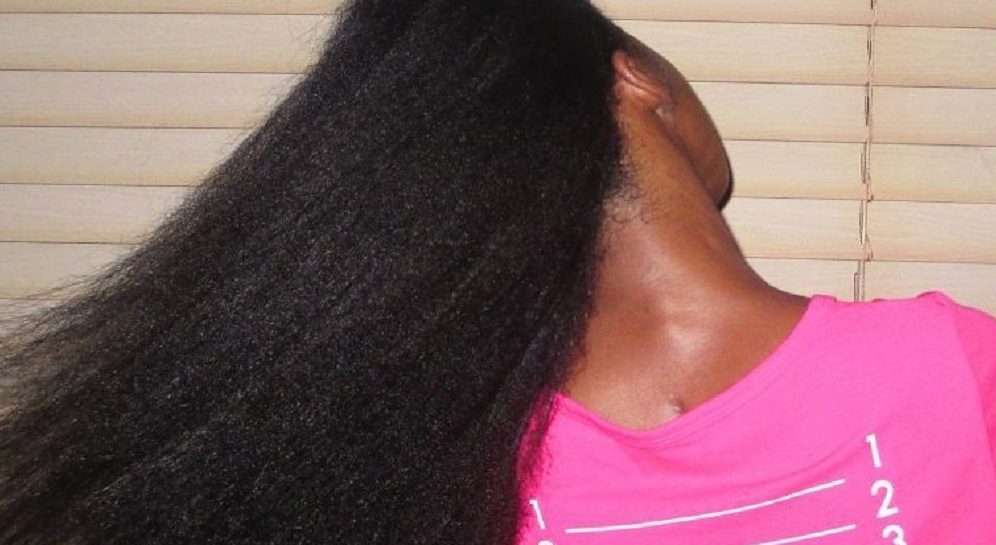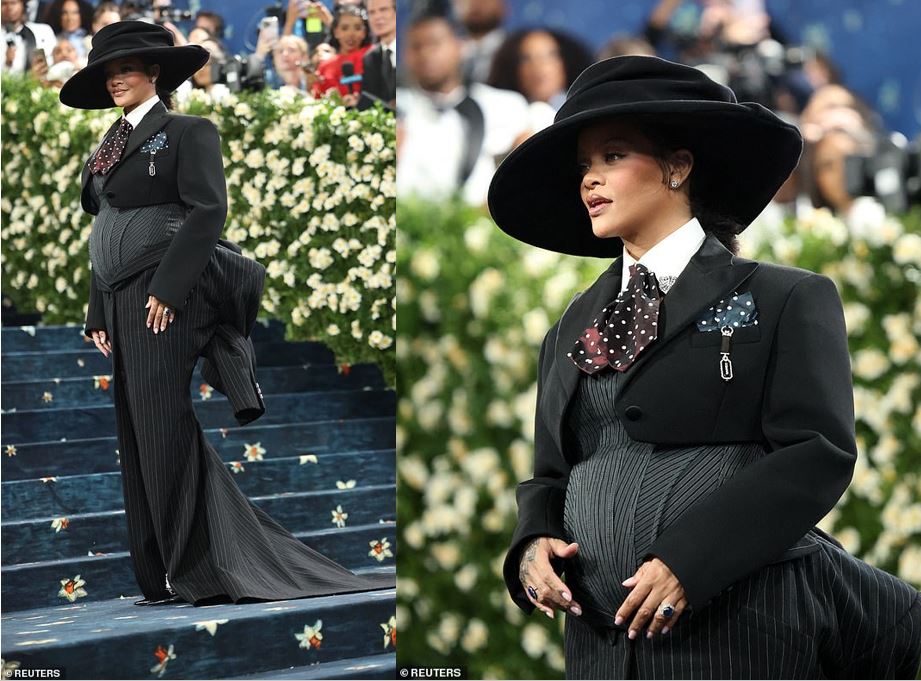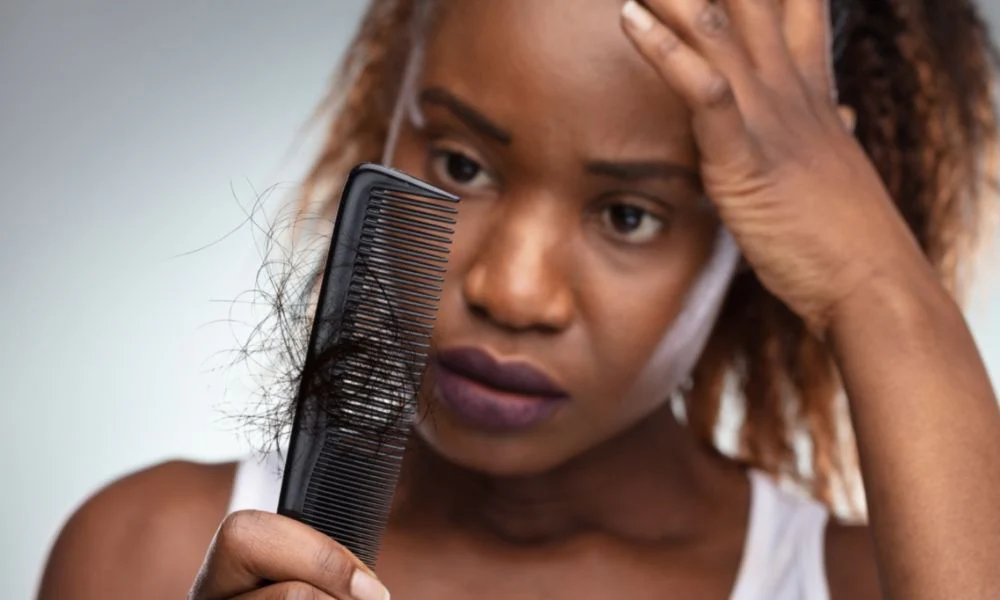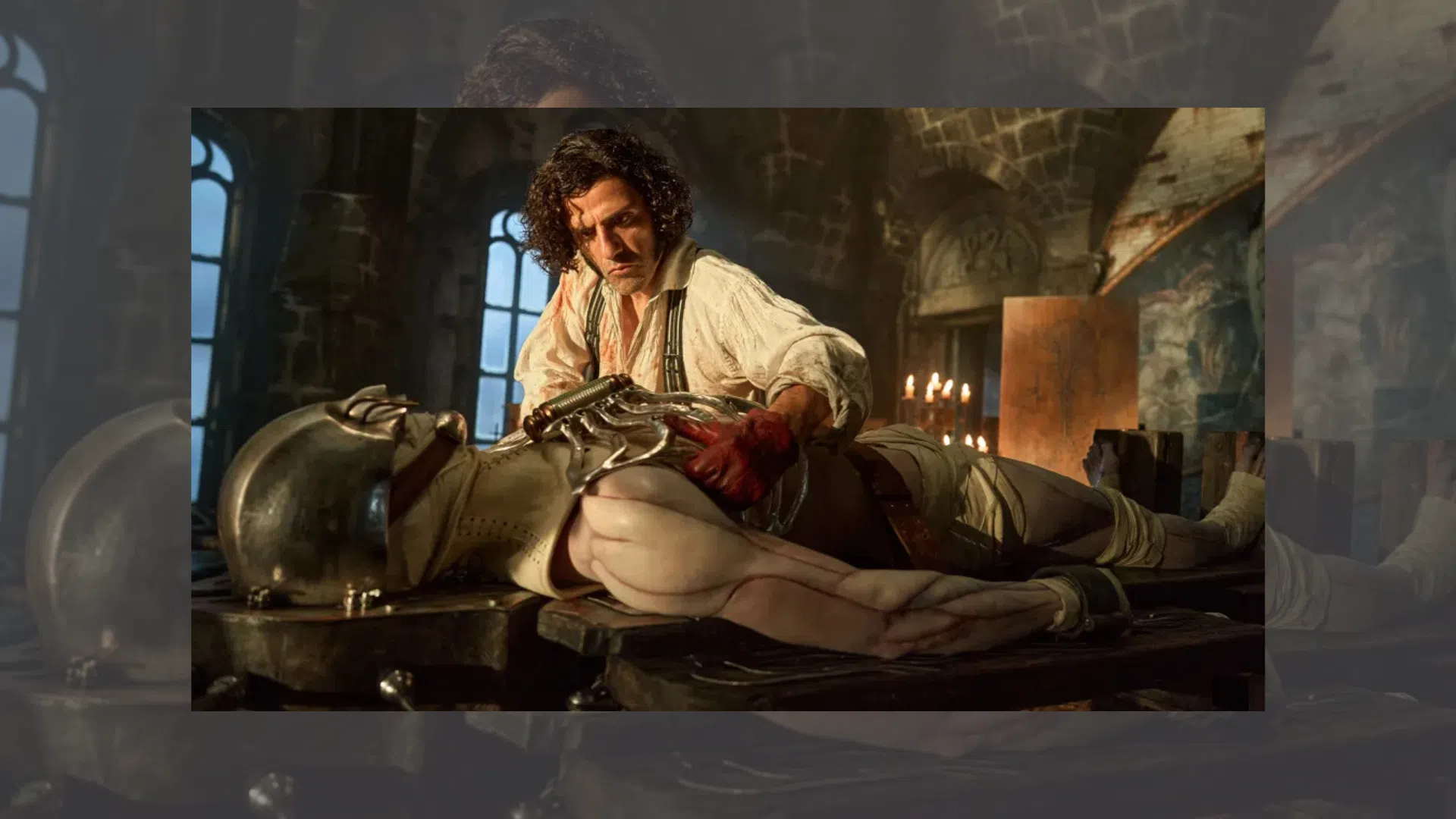
Natural hair is all its beauty and glory can be difficult to manage. Relaxed hair in all its beauty and convenience may not retain length. Is there a solution that allows you to have the best of both worlds without sticking entirely to one side? Yes, texlaxing.
Texlaxing is the process of deliberately underprocessing your hair during your relaxer treatment, to achieve hair that is not fully straightened. The idea with texlaxed hair is to have hair that is in between a relaxed and natural texture. Most women prefer this option because they want their hair slightly straight while been able to retain the fullness and thickness of natural hair.
There are different ways to achieve texlaxed hair and we discuss the methods below:
Method 1 – Dilute Your Relaxer with oil
Diluting your relaxer with oil weakens the formulation so it’s not able to straighten the hair completely. You simply mix your relaxer with two tablespoons of any carrier oil. If you’re using a no-lye relaxer (the types that come with activators), add the oil after you mix in the activator. After this, apply the mixture to the hair like you would when doing your usual relaxer touch-up. With texlax treatment, however, you’re not to smoothen or massage the hair at all. Doing that will push the relaxer deeper into the hair cuticles and you don’t want that. We advise not to leave the relaxer on your hair for as long as you would normally. Because the longer it stays on, the straighter your hair would be.

(Photo: rehairducation.com)
Method 2 – Coating your hair with oil first.
The idea is to delay the process of the relaxer penetrating the hair cuticles. So the oil serves as a buffer between the relaxer and your hair. All you need to do is coat your hair with oil before applying the relaxer. Again, after applying the relaxer, do not smoothen or massage the hair and reduce the processing time (how long the relaxer stays on the hair).
Method 3 – No Smoothing And Time Reduction
With this method, you apply your relaxer as it is to your hair with no oil added to the process. After application, you don’t massage the hair at all and you immediately wash off the relaxer.
Whatever method you choose, the important thing to remember is to not smoothen or massage the hair or if you must, very minimally. And also, to reduce the processing time because the longer the relaxer stays on, the straighter your hair will be. Some people use a combination of 2 methods, some all three and others just one. So you might have to experiment a little to figure out what method works best for you.

(Photo: Instagram/hairducation)
Should you texlax your hair?
It’s a great option to consider if you have damaged or over-processed relax hair, and you don’t exactly want to go completely natural. However, as with everything in life, there are pros and cons to having texlaxed hair. We don’t want to bombard you with too much information now, so we’ll deal with that in a separate post.
In the meantime, check out ways to minimize damage in relaxed hair.

























